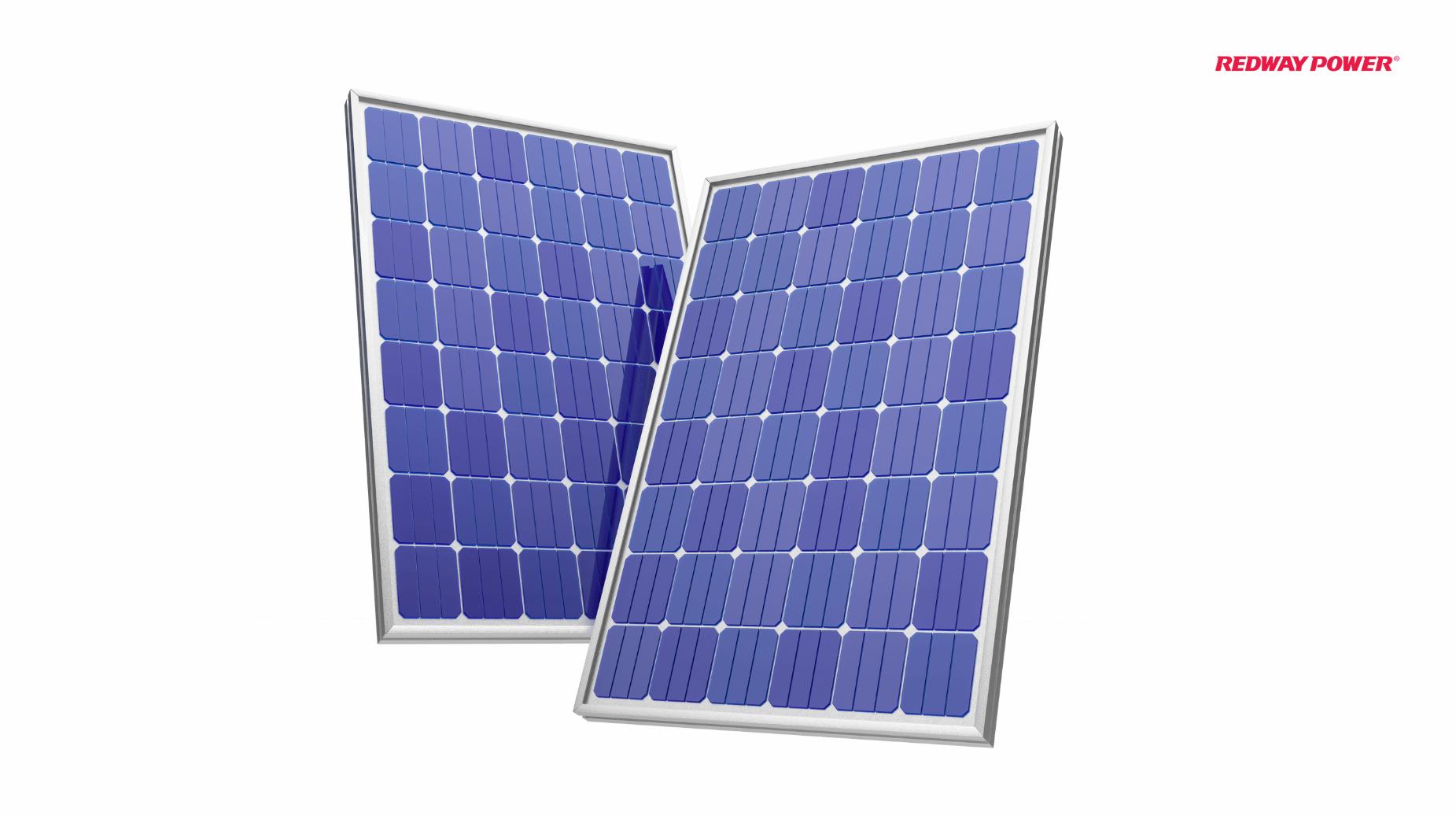When deciding whether to run solar panels in series or parallel, it’s crucial to understand how each configuration affects voltage, current, and overall system performance. Series connections increase voltage while maintaining current, making them suitable for high-voltage applications; on the other hand, parallel connections boost current, providing better performance under shading conditions.
What Are Solar Panels in Series and How Do They Work?
Solar panels connected in series are arranged end-to-end, linking the positive terminal of one panel to the negative terminal of another, which results in an increase in overall voltage while maintaining the same current as a single panel.
What Are the Differences Between Series and Parallel Connections?
The primary difference lies in how they affect voltage and current: series connections add voltages together while keeping current constant, whereas parallel connections maintain voltage but increase current output.
Wholesale lithium golf cart batteries with 10-year life? Check here.
How Do Series Connections Affect Voltage and Current?
In a series connection, if you connect four 12V panels rated at 5A, the total output will be 48V at 5A. This is beneficial for applications requiring higher voltage but can be detrimental if one panel underperforms due to shading or damage.
What Are the Advantages of Series Connections?
Series connections are advantageous because they reduce power loss over long distances due to higher voltage levels, making them ideal for grid-tied systems where efficiency is critical.
Want OEM lithium forklift batteries at wholesale prices? Check here.
What Are the Advantages of Parallel Connections?
Parallel configurations allow each panel to operate independently; if one panel is shaded or damaged, it does not significantly impact the others’ performance, ensuring more consistent energy production.
How Do Shading Issues Impact Series vs. Parallel Configurations?
Shading can severely hinder series-connected systems since the entire string’s output is affected by the weakest panel’s performance; however, parallel systems mitigate this risk by allowing unshaded panels to continue generating power effectively.
When Should You Choose Series Over Parallel Connections?
Choosing series connections is preferable when you have ample sunlight exposure without shading concerns and need higher voltage for charging batteries or feeding into an inverter that requires specific input levels.
Can You Mix Series and Parallel Connections in a Solar Setup?
Yes, mixing series and parallel connections is common; you can create multiple strings of panels connected in series and then connect these strings in parallel to optimize both voltage and current based on your system’s requirements.
How Do Wiring Lengths Affect Series and Parallel Configurations?
Wiring lengths can introduce resistance that impacts performance; longer wires may lead to voltage drops in series configurations but can increase efficiency when using parallel setups due to lower overall resistance across multiple paths.
What Are the Cost Implications of Each Connection Type?
While both configurations have their costs associated with installation materials and labor, series setups may require fewer components due to lower wiring needs, whereas parallel setups might incur higher costs due to additional wiring complexity.
Solar Panel Series VS Parallel
How Does Battery Compatibility Influence Connection Choices?
Battery compatibility plays a significant role; if batteries require specific voltages for charging efficiently, this will dictate whether a series or parallel configuration is more suitable based on their specifications.
Expert Views
“Deciding between series and parallel configurations for solar panels hinges on understanding your unique energy needs—consider factors such as shading potential and required voltage levels to optimize your solar system’s performance.”
When setting up a solar panel system, understanding solar panel series vs parallel is crucial for optimal performance. The decision between series vs parallel solar panels impacts voltage and current outputs. In a solar panels in series vs parallel configuration, the voltage increases in series, while parallel connections increase current. Many people wonder about the best choice, such as solar panels series vs parallel, depending on their energy needs. For larger systems, parallel vs series solar panels offers flexibility in managing power outputs. By using solar panels in series vs parallel, you can tailor the setup to specific power requirements. To maximize efficiency, consider integrating these systems with high-performance batteries like those from Redway Battery, China LiFePO4 Battery Wholesale Supplier, known for their long-lasting and reliable power solutions.
FAQ Section:
- Which configuration is better for shaded areas: series or parallel?
Parallel configurations are better for shaded areas as they allow unaffected panels to continue producing energy. - Can I connect different brands of solar panels together?
Yes, but ensure they have similar electrical characteristics to avoid inefficiencies. - What happens if I mix series and parallel connections incorrectly?
Incorrectly mixing configurations can lead to reduced efficiency or even damage to your solar panels.






